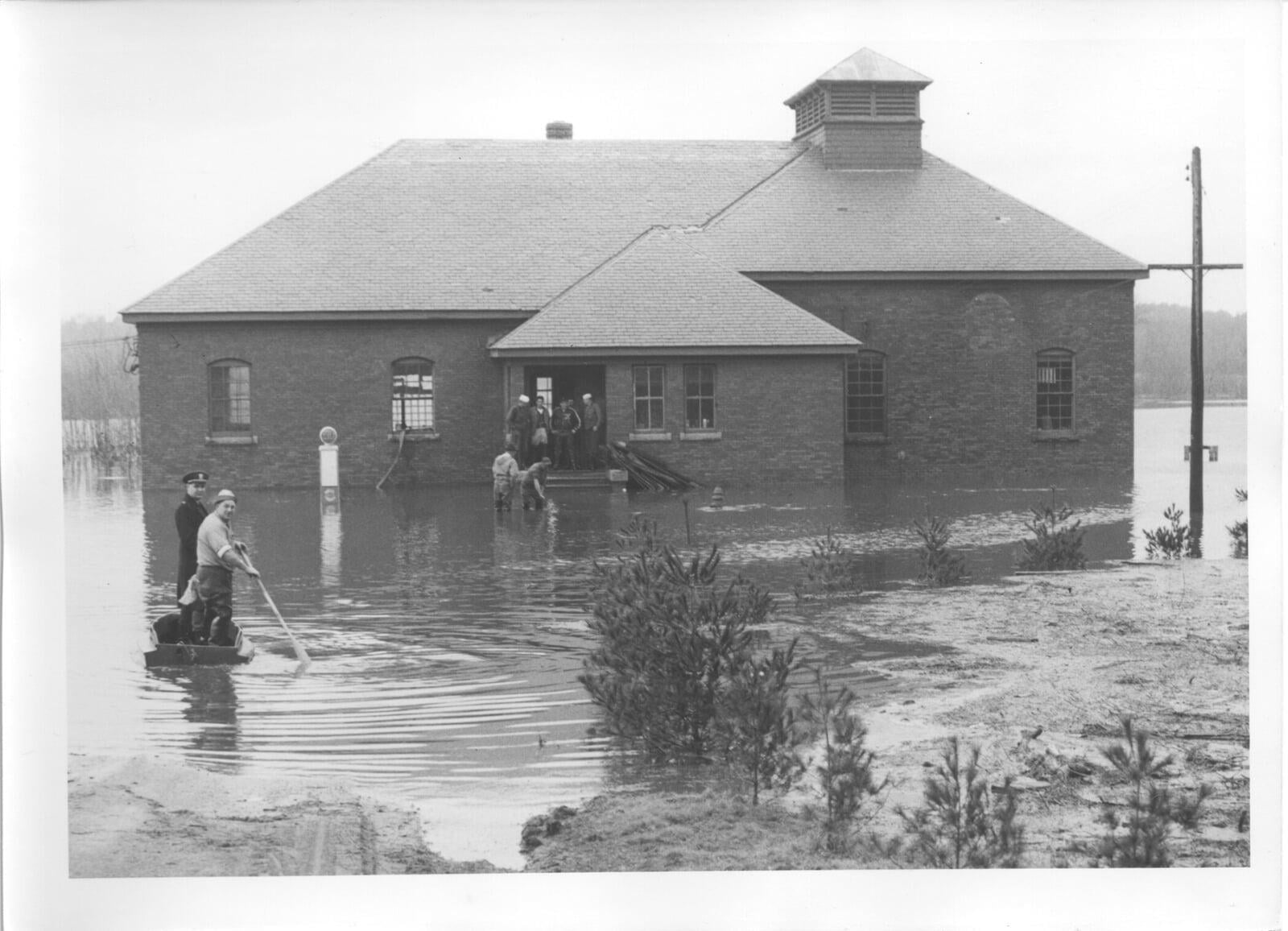
Jordan Avenue Station
Flood from 1936
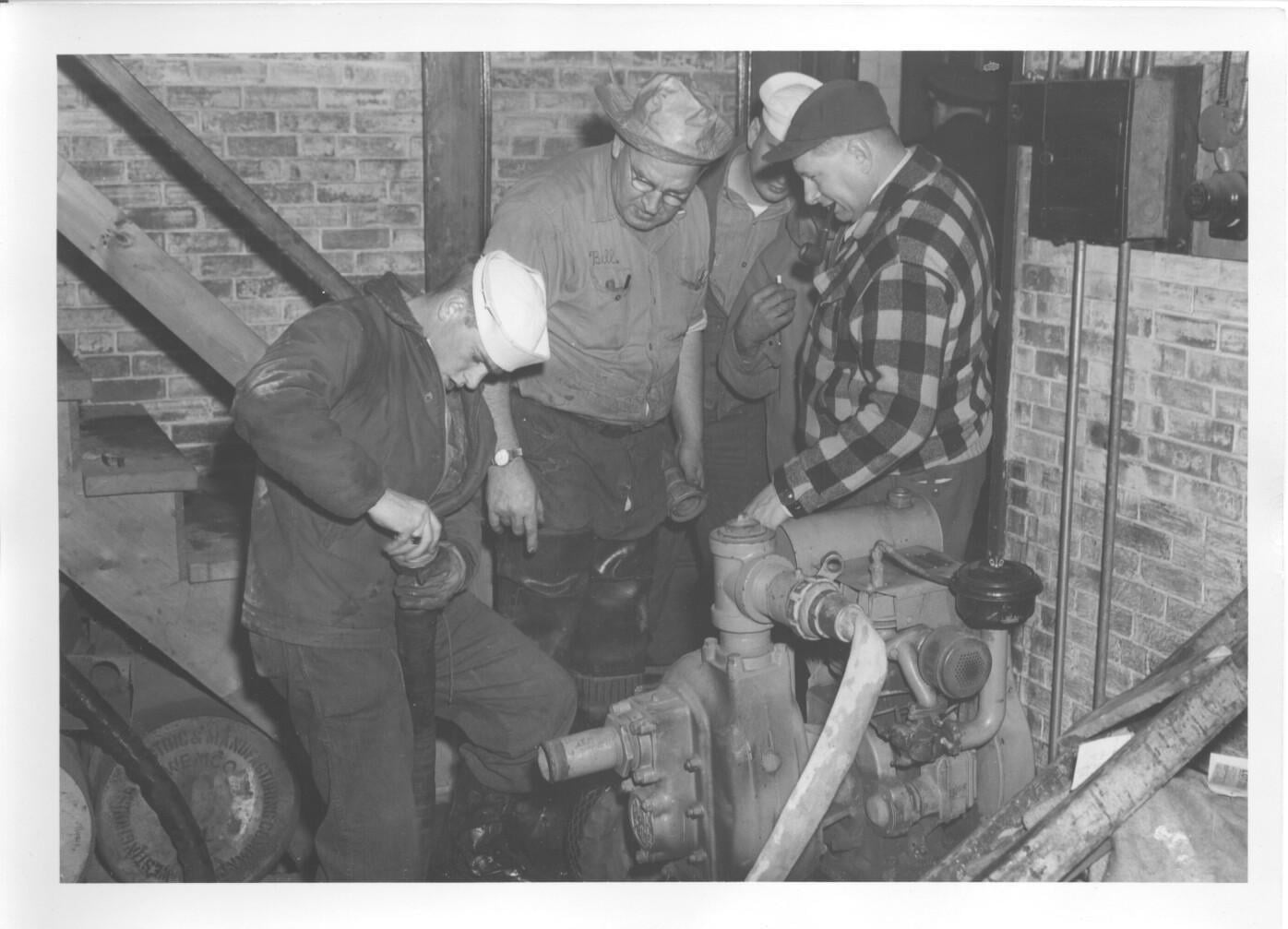
Jordan Avenue Station
Flood from 1936
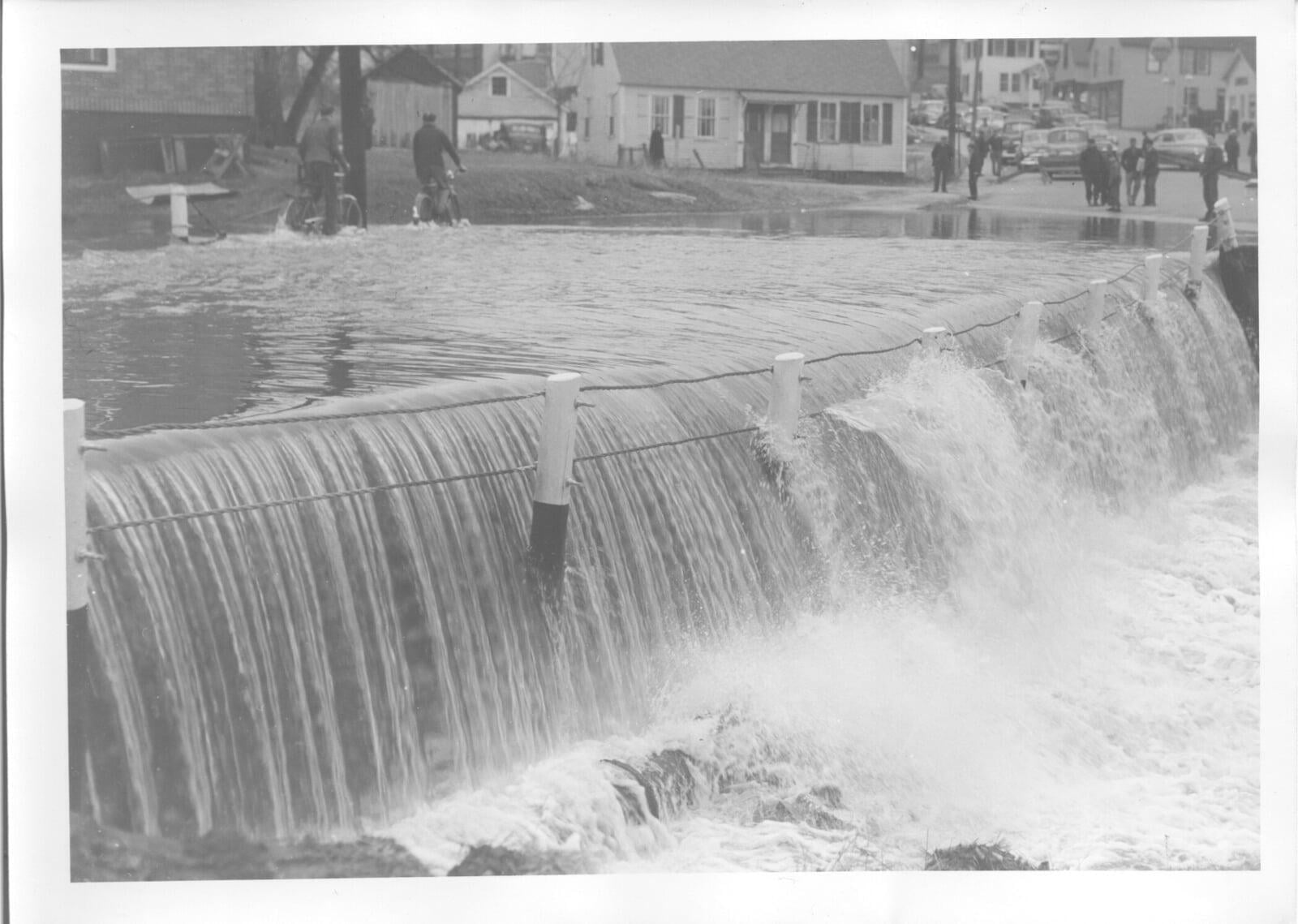
Brunswick and Topsham
Flood from 1936
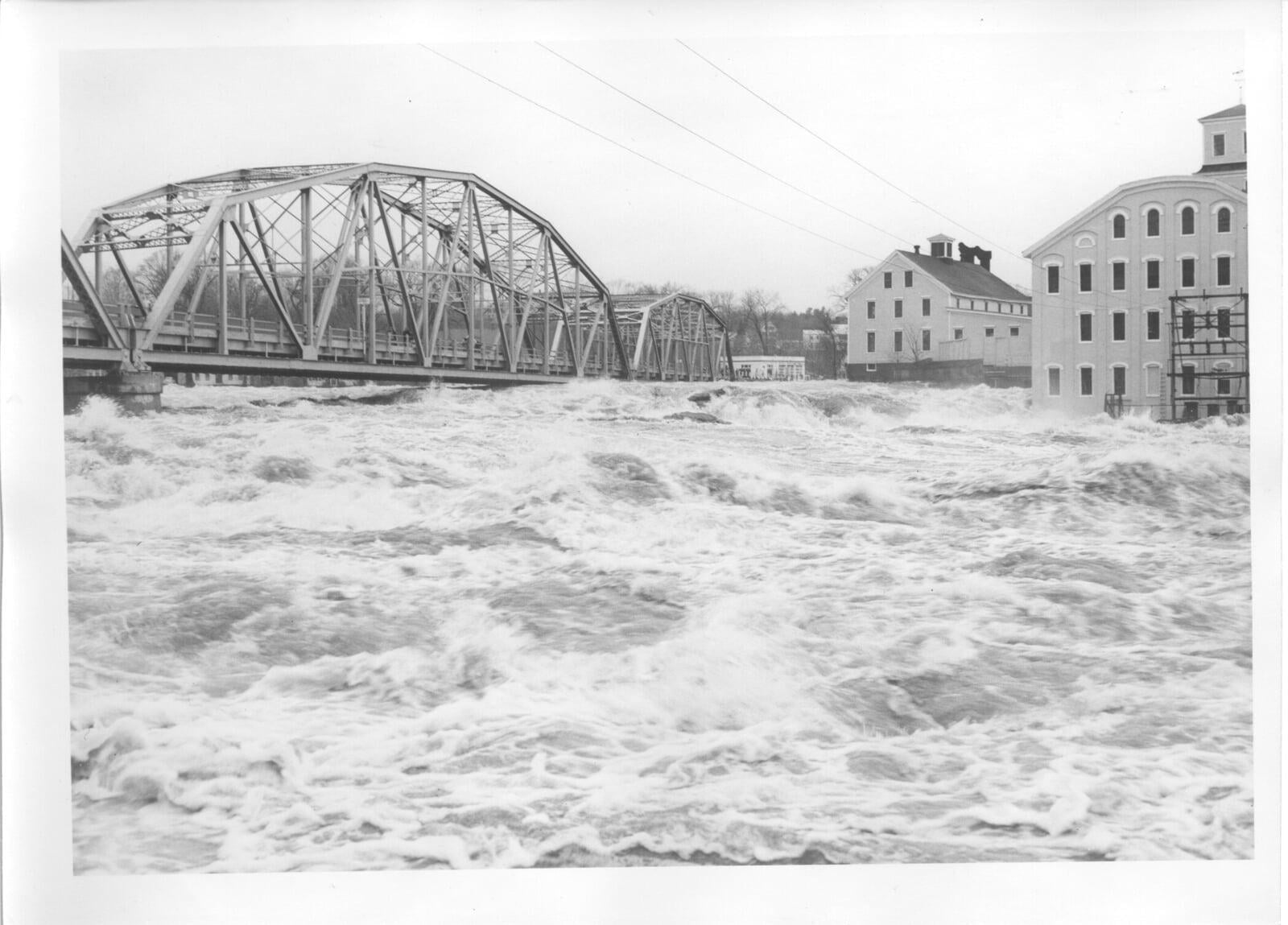
Brunswick and Topsham
Flood from 1936
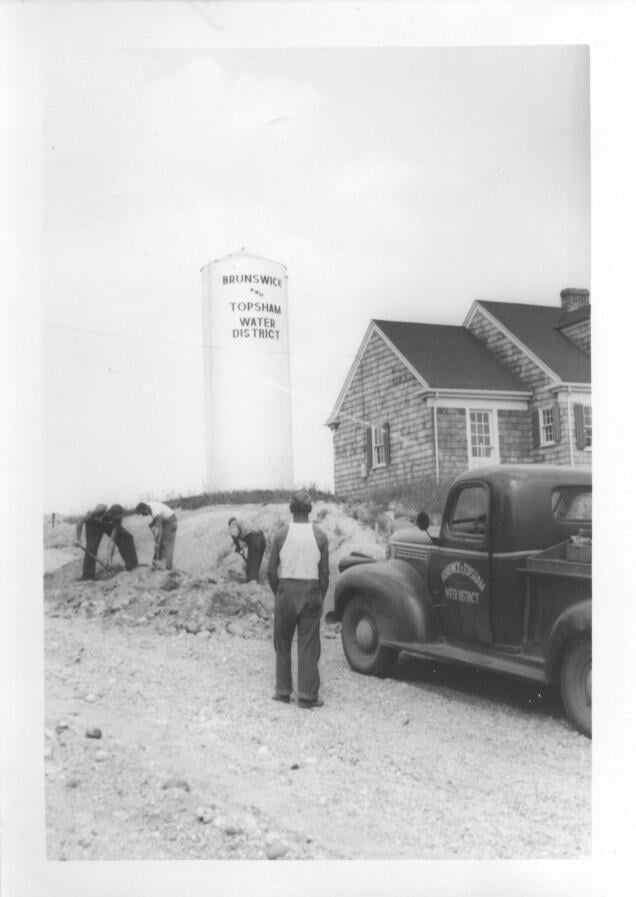
River Road Tank, Brunswick
View from 10 Greenleaf St 1939
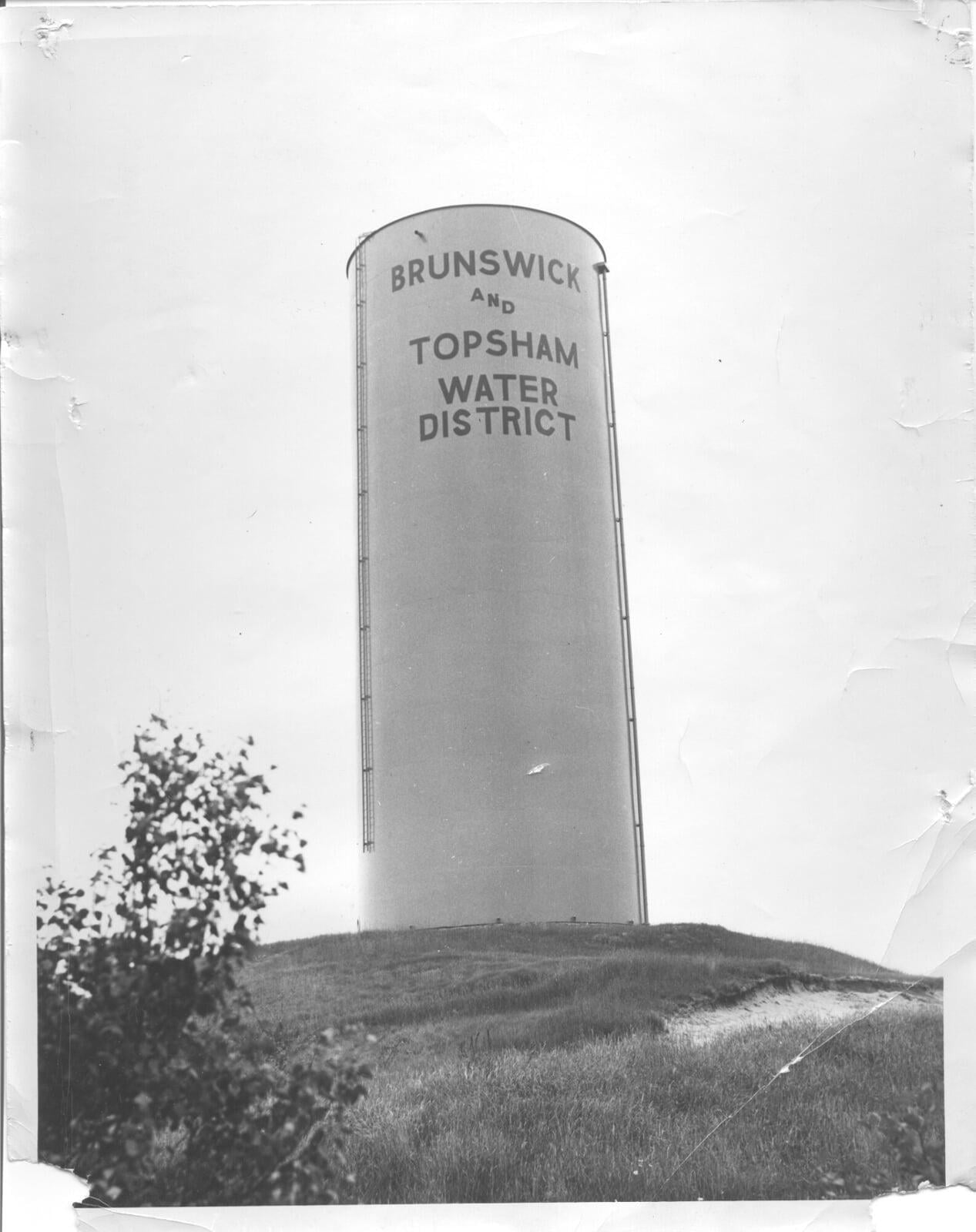
River Road Tank, Brunswick
1939
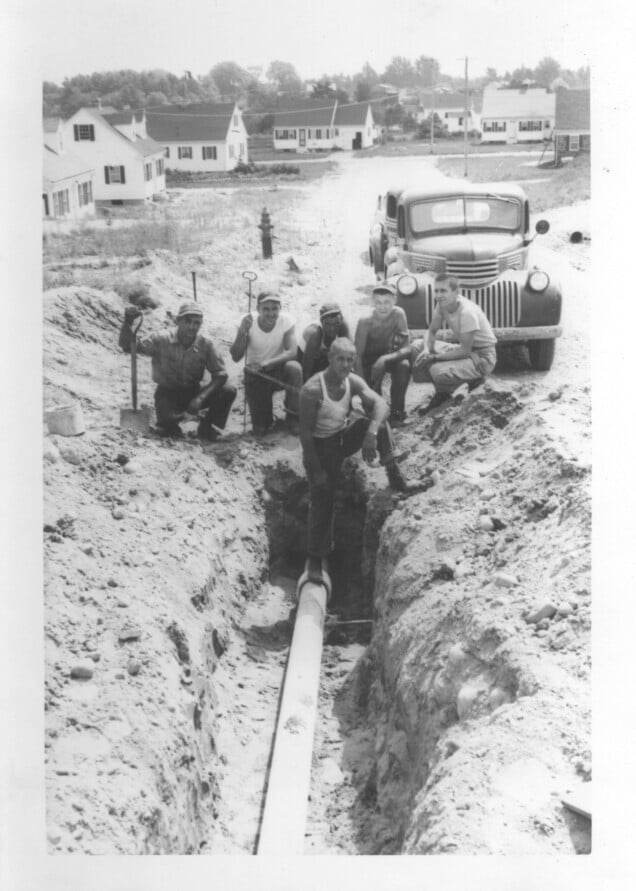
Greenleaf Street, Brunswick
Caption
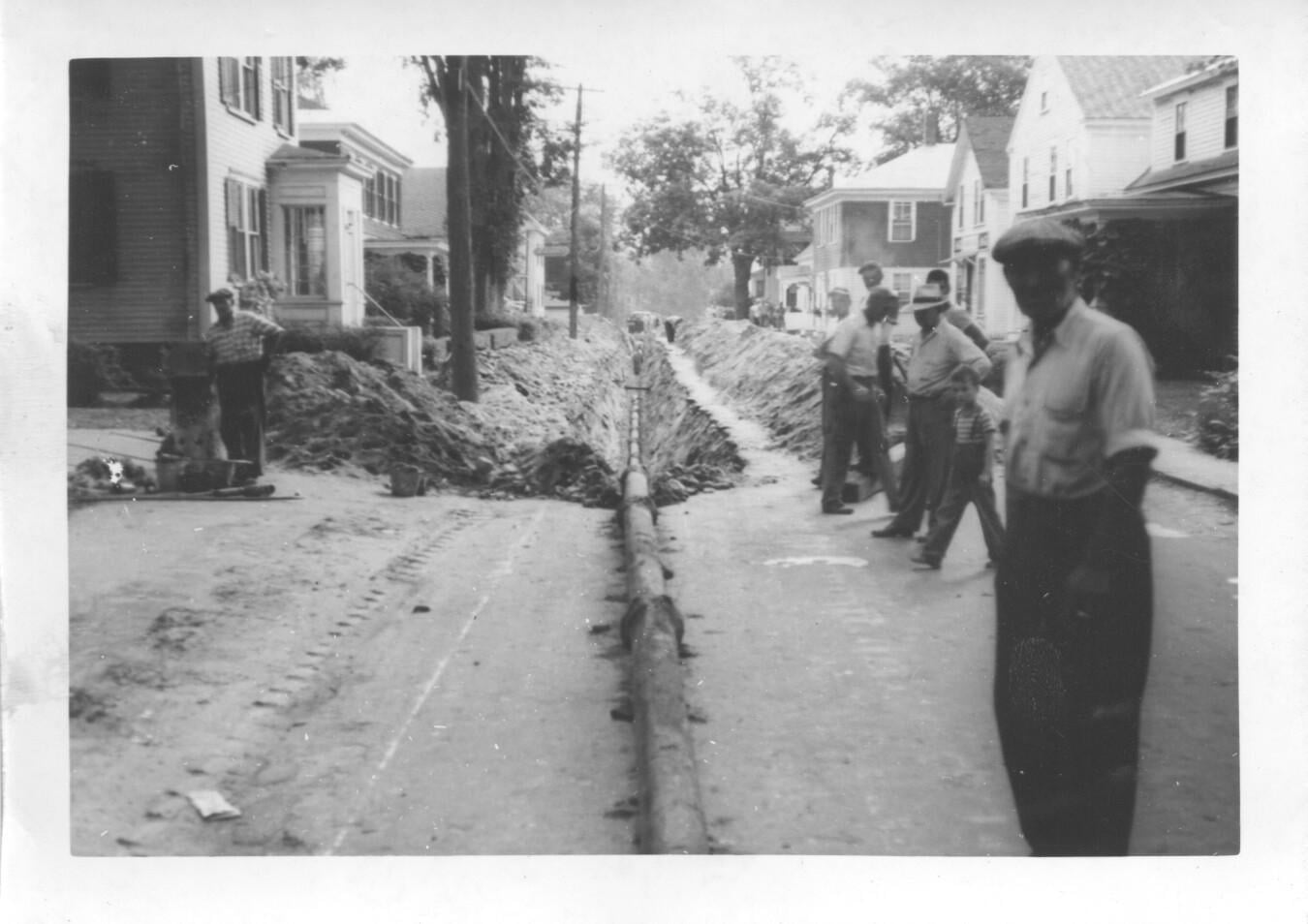
Jordan Avenue, Brunswick
Main Replacement 1948
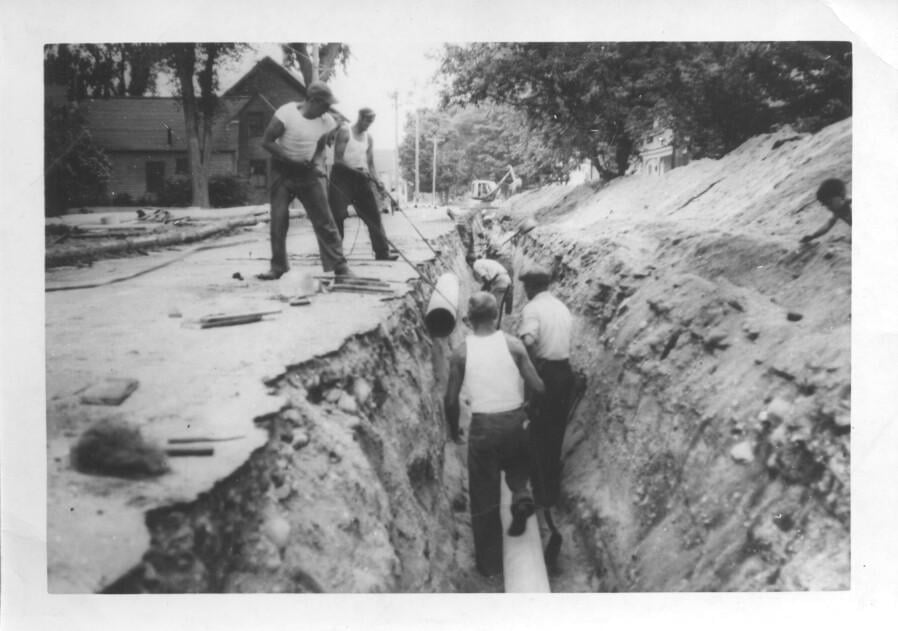
Jordan Avenue, Brunswick
Main Replacement 1948
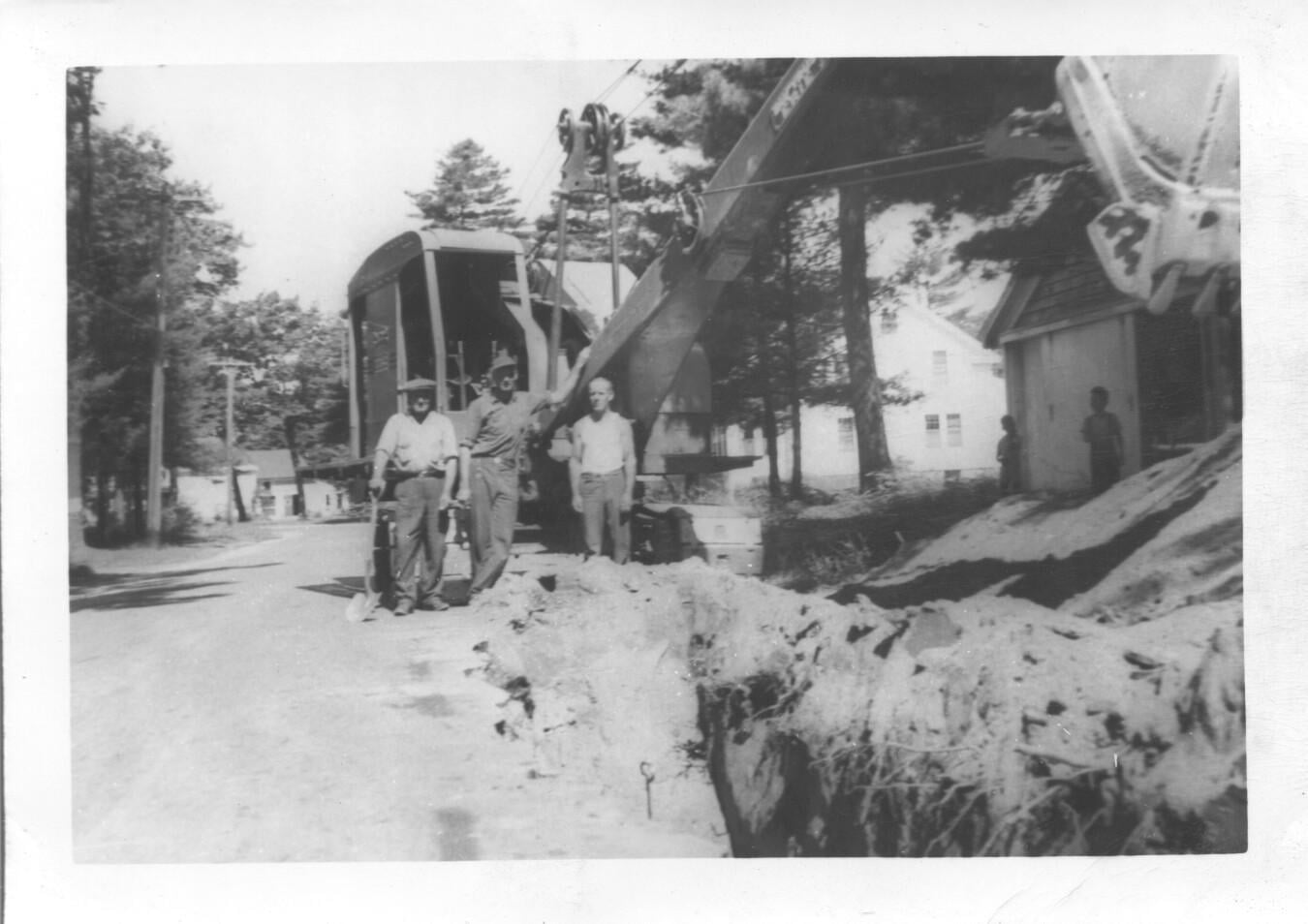
Jordan Avenue, Brunswick
Main Replacement 1948
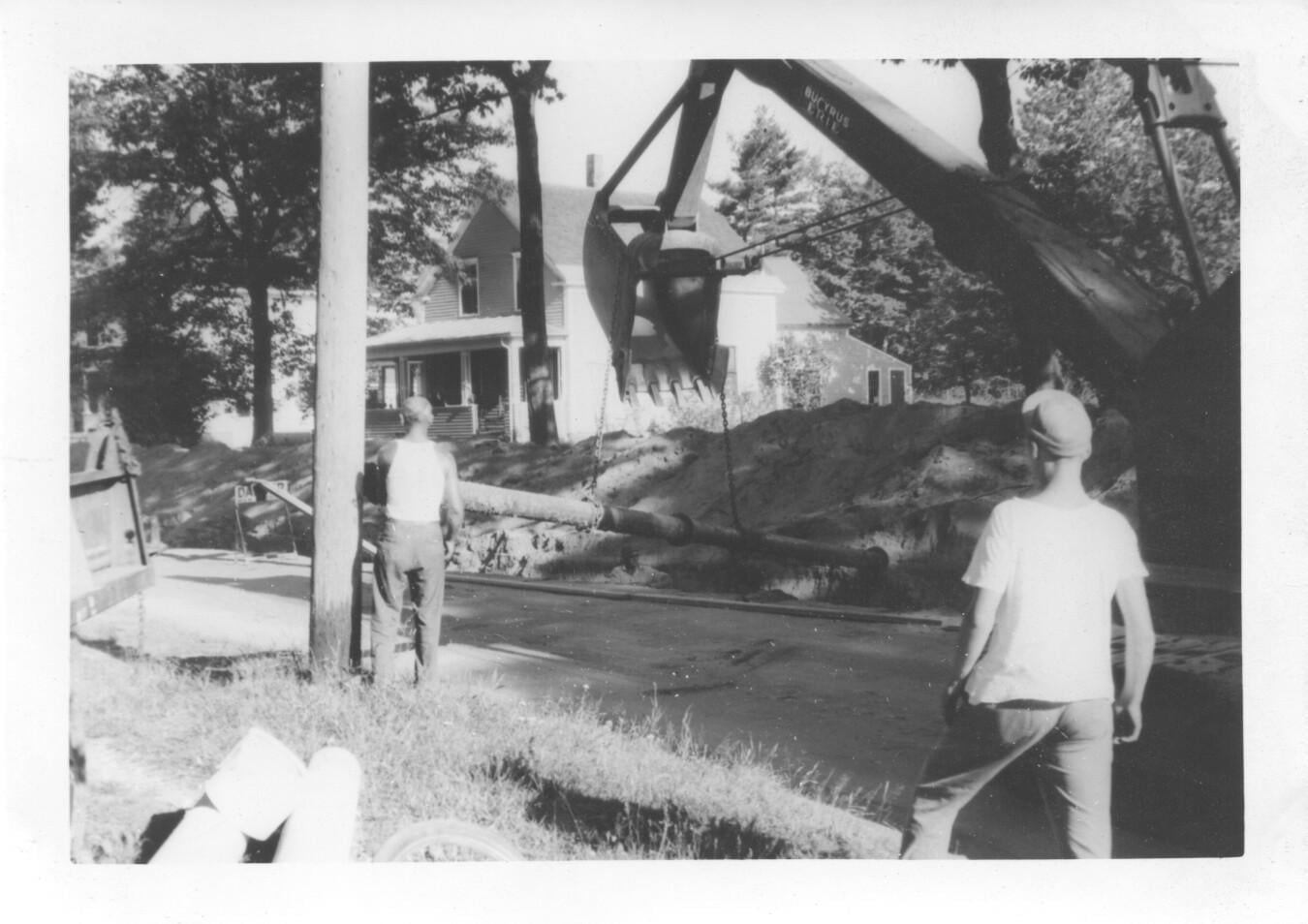
Jordan Avenue, Brunswick
Main Replacement 1948
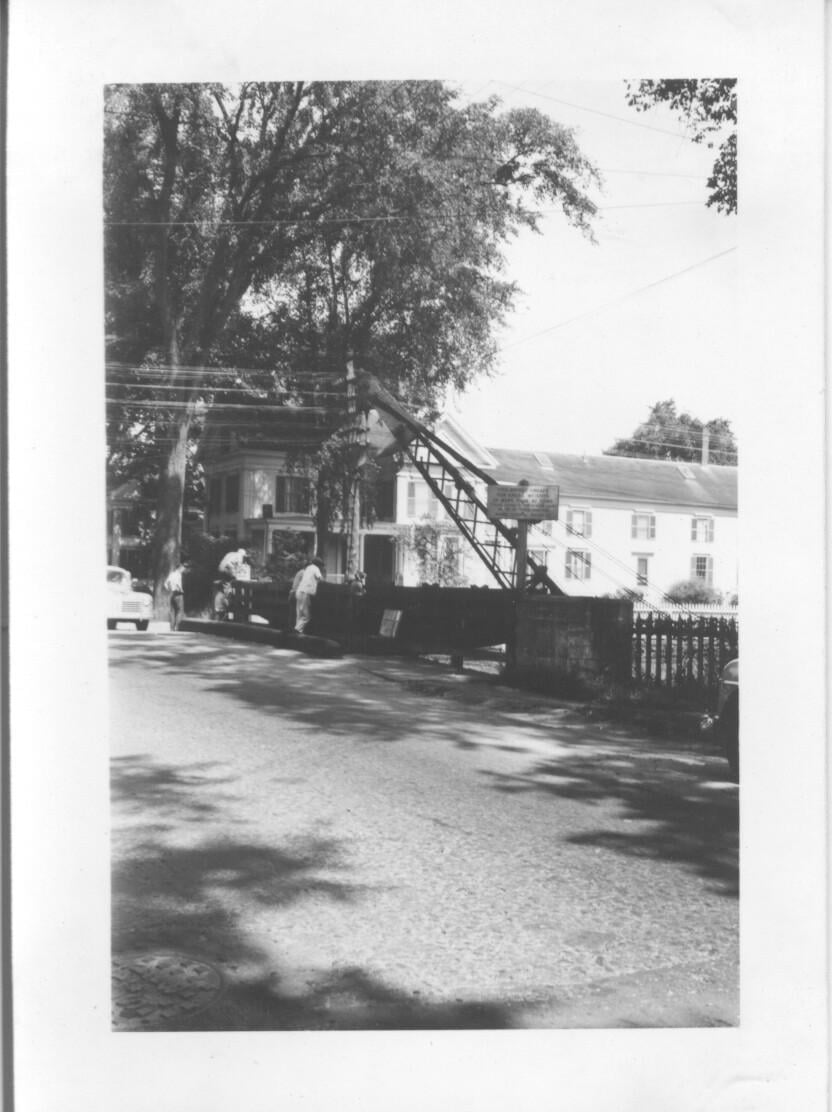
Federal Street, Brunswick
Bridge Crossing 1948
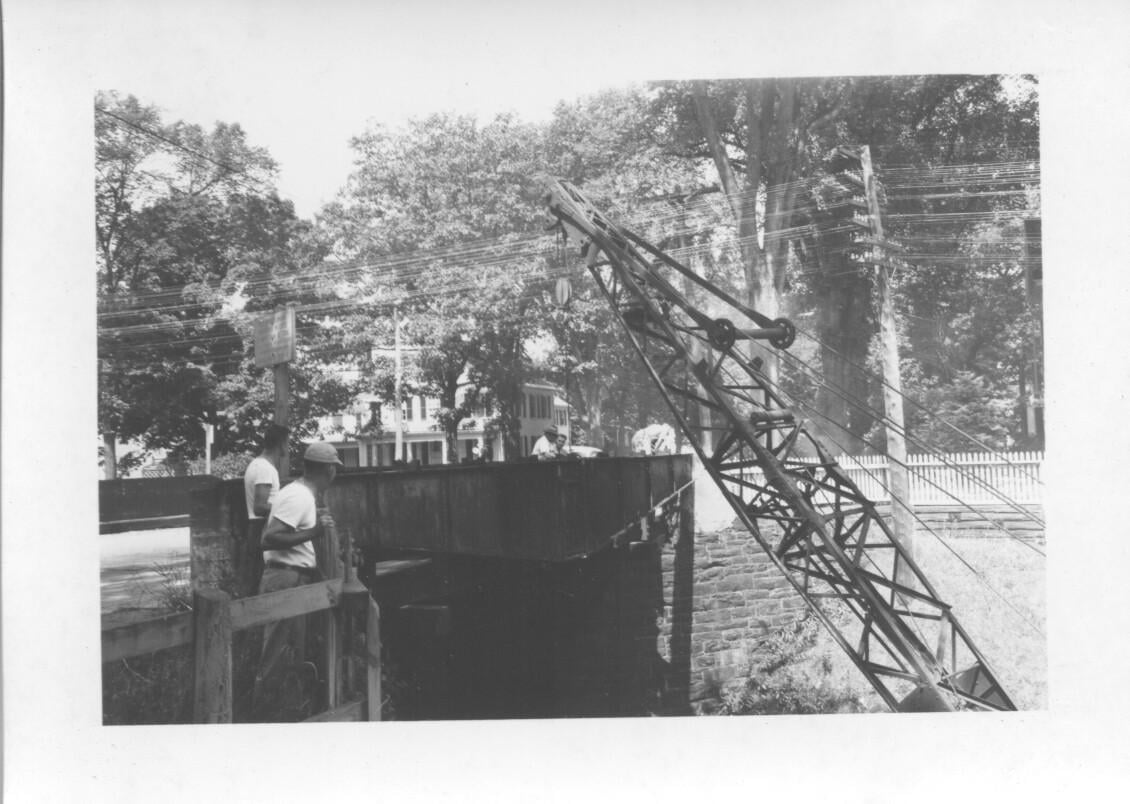
Federal Street, Brunswick
Bridge Crossing 1948
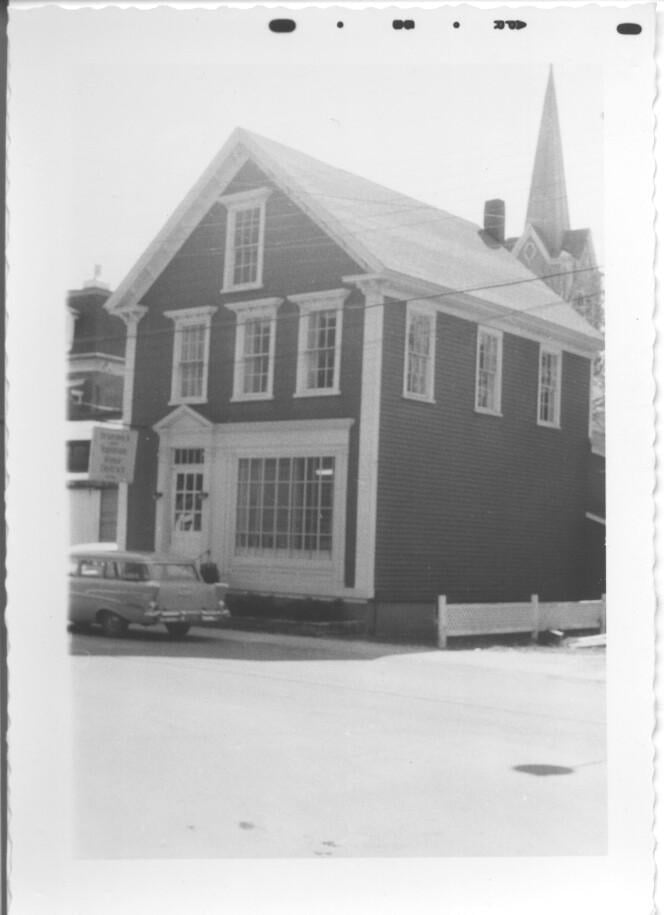
9 Townhall Pl, Brunswick
BTWD Main Office
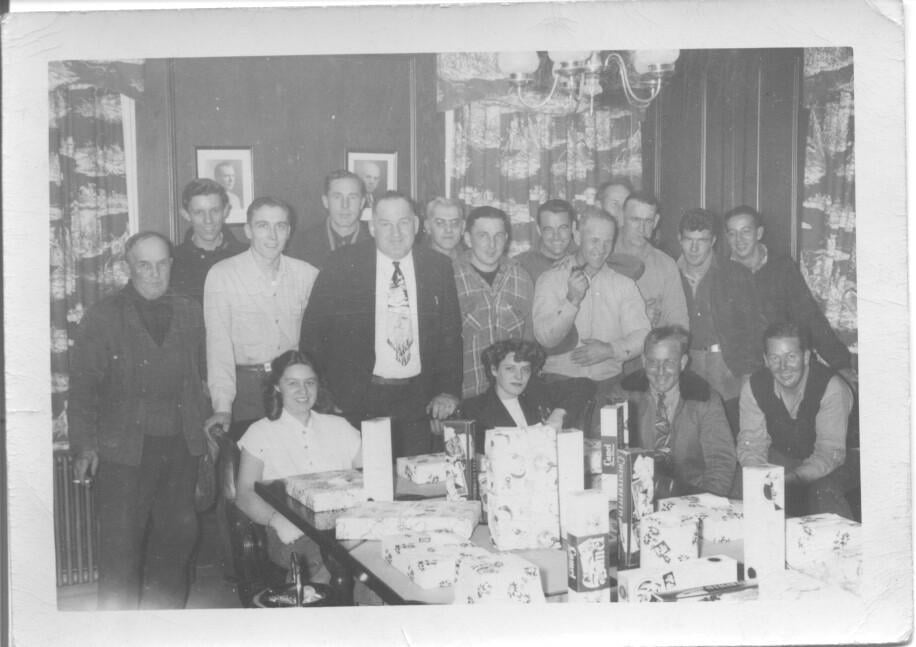
9 Townhall Place, Brunswick
Christmas Party
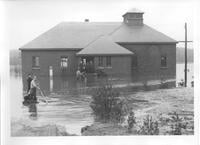
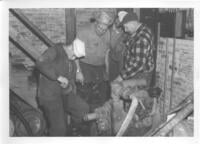
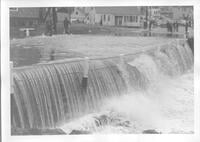
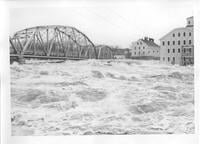
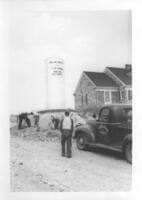
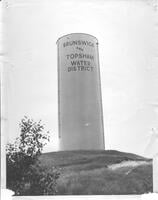
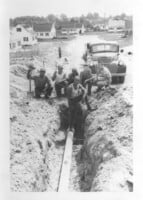
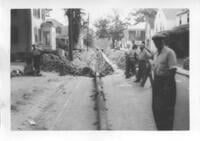
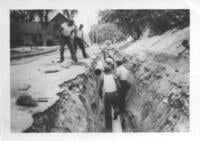
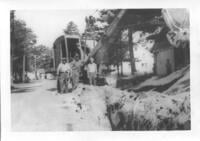
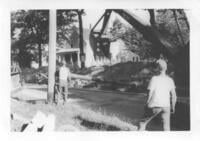
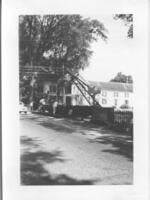
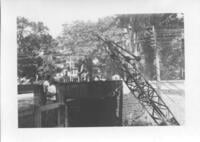
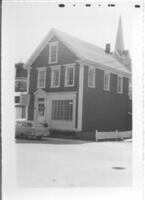

History of BTWD
The towns of Brunswick and Topsham have been working together for many years. Both towns were founded in the mid- 1700’s. They were both strong leaders in industry with their advancements in water power, shipbuilding, and lumber mills.
What is now the Frank J. Woods Bridge was originally erected in 1756. The bridge connects the two towns over the Androscoggin River. Not only has the bridge created an easier mode of transportation, but it has also cemented the future for the two towns. As long as the bridge stands, the two towns will always be connected; and with this connection, comes the mingling of ideas and hopes for the future. One of those hopes was to ensure the quality and reliability of the towns’ water supply.
Together, the Two Towns Formed the Water District
The Brunswick and Topsham Water District was incorporated in 1903 by an act of the Maine Legislature. The District acquired the assets of the Maine Water Company, a privately-owned company that served Brunswick. The goal of the District was to locate a suitable source of supply and provide better service to the customers. The system was expanded in 1908 to provide service in Topsham. Not only would the District be expanding drinking water distribution to the residents of Topsham, but they would also be making it possible for Topsham to enjoy the benefits of reliable fire protection.
When the District first began, the population for Brunswick and Topsham was a total of 8,800 people. With the incorporation of Topsham, there came the need for restructuring and exploration into new locations of groundwater supply. Industry was booming and more people were moving to the area. The need for a larger supply of water was a necessity.
In 1912, the District contracted for a new concrete reservoir off of Bridge Street in Topsham. In 1905 the Jordan Avenue pumping station was constructed. In 1929, the District constructed three high capacity wells at the Jordan Avenue well-field because the current wellfields would no longer support the ever growing rate of consumption.
In the 1930’s, the population was approximately 11,500 and climbing and insuring an adequate supply of water had become a concern. In 1936, a large flood hit Brunswick and Topsham leaving the pumping station under 15 feet of water. Due to the high maintenance costs of making the pumping station flood proof, the search for a new groundwater supply was undertaken as well as the need for storage for not only the present supply but for future developments. In 1939, the District replaced the Marrison Farm Hill Tank built in 1886 with a new steel standpipe off River Road in Brunswick to add additional storage capacity.
Continued growth through the 1940’s led the District to explore various locations for a new groundwater supply. The two best were the Williams Farm and Taylor Farm in Brunswick. In 1954, both properties were acquired by the District. The District constructed one well at the Williams Farm and two wells at the Taylor Farm. The Taylor Station Treatment Plant was built in 1965 to remove iron and manganese from the Taylor well supply.
Changes in 1970's and 1980's
The 1970’s and 1980’s brought about changes as well. In 1971, the Jackson Station on River Road in Topsham was constructed. This station contained a treatment plant and offices, allowing the District to move its main office from 11 Town Hall Place in Brunswick. A new well and a pump station were also constructed at the new location, further expanding the District’s ability to provide continuous water service in the event of another pump station failing. The system expanded rapidly in the past 20 years. To provide needed storage capacity, another storage tank was built off of Church Road in Brunswick in 1988 with a storage capacity of 3.0 million gallons.
The 1990’s through today have consisted mainly of restructuring and repair to existing facilities. The Jackson Treatment Plant was renovated in 1991, followed by an extensive rehabilitation at the Taylor Station. Due to the age and finding wear of the pump station on Jordan Avenue, the new Jordan Avenue Pump Station was built in 2001 out of the flood plain. In 2005 the District replaced the tank on Oak Street in Topsham that was built in 1912. The new tank has a storage capacity of 4 million gallons.
The Present Time
As for today, the District has a source of supply with the ability to meet the needs of the communities for many years to come. Aging infrastructure is a national concern. The District’s focus now is on insuring that our system is maintained and managed to secure the quality of our water supply and the high standards of quality, reliability, and affordability that our forefathers set out to do so many years ago.
